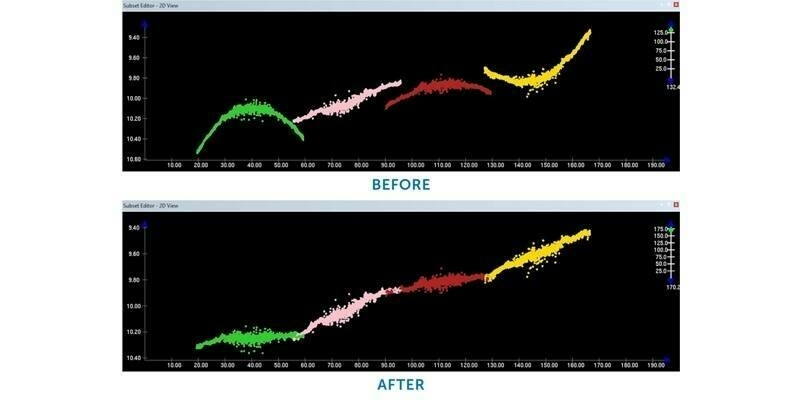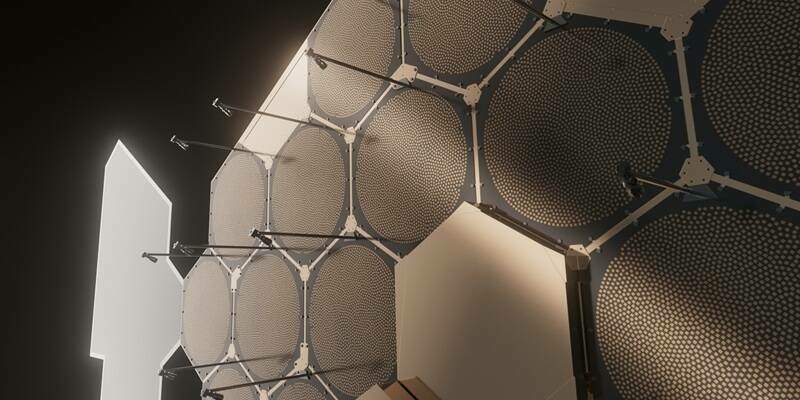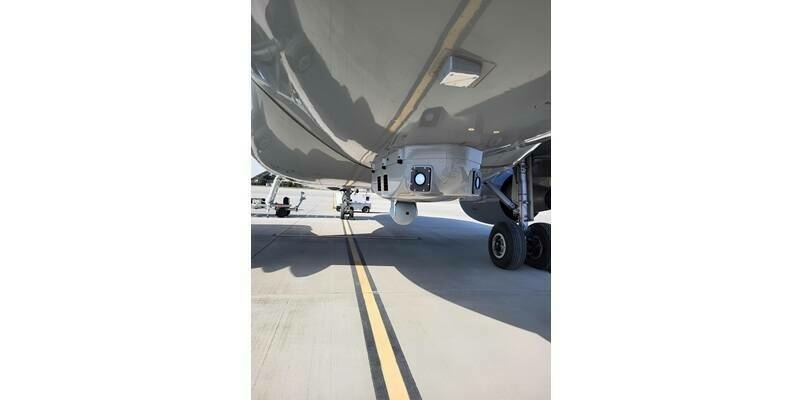Dating from 1917, RAF Duxford in Cambridgeshire grew during two world wars into an important fighter air station, famed for its role during the Battle of Britain in 1940.
Though it ceased to be a RAF station in 1961, the 60-hectare site still bustles with activity today as an historic airfield and one of the world’s leading aviation museums, IWM Duxford, part of Imperial War Museums.
The Museum houses around 200 aircraft ranging from biplanes to modern jets, plus an outstanding collection of tanks, military vehicles and equipment. IWM Duxford is also renowned for its world-class air shows.
Almost a century of development has left a network of buried pipes, cables and other services, many disused and unrecorded, running beneath the vast site. The IWM Duxford buildings team decided to commission a utilities survey, using the latest non-intrusive ground investigation techniques to map networks below with minimal disruption to museum operations above. This underground reconnaissance is now helping to inform the planning and risk management of ongoing building work and site development.
Following competitive tender, the contract was awarded to Fugro, a global leader in geoscientific surveys and data to support asset integrity from pre-construction through service life.
The survey scope included electricity cables (high and low voltage), gas pipework, telecommunications services, domestic and fire hydrant water pipes, fuel and oil lines.
With substantial experience in utilities investigations, from highways and airports to city centre and industrial developments, Fugro recommended the use of electromagnetic cable location (ECL) together with ground penetrating radar (GPR) surveys. These survey techniques use electromagnetic impulses sent from the surface to locate buried pipes, cables and other objects at depths typically to 1.5 metres, without the need to dig, drill or disturb the ground.
As non-destructive, highly mobile and discreet methods, these would minimise the impact of work on the historic environment and site operations, most importantly access for museum visitors and airfield events. In combination, they also offered the opportunity for effective mapping, relying on Fugro’s interpretative expertise, without resorting to intrusive investigations – avoided wherever possible at the busy and historic site.
Site meeting
Fugro undertook an extensive site walk in order to plan the survey programme to accommodate a full range of site access and health and safety considerations.
Fugro project manager, Charlie Baker, said: “A thorough site visit is vital to the smooth-running of any survey, especially at a substantial facility like IWM Duxford which is open to the public all year round. Early contractor involvement provides the ideal opportunity to fully understand the client’s needs and expectations, and to discuss the capabilities and limitations of the proposed techniques as well as the accuracy of data.”
He continued: “At IWM Duxford, the surveys needed to be efficiently planned to keep costs and delivery in line with the client’s budget and programme allocation, while accommodating challenging access constraints.”
Fugro inspected available documents on past utilities work, with many of the early records surviving on parchment or even cloth. These were still useful in forming a picture of the likely distribution of existing services and helping to correlate the findings of the modern survey.
Avoiding disruption to site traffic and visitors was a priority. By undertaking some elements of the survey ‘out of hours’, Fugro managed to schedule all the work with no closures to car parks or site roads.
Liaising closely with the museum, Fugro’s site team undertook risk assessments and health and safety measures while also observing site security, to ensure the survey work posed no hazard to the public or site personnel.
Mobile techniques
Fugro geophysicists completed the surveys within 26 day shifts, covering 10 hectares of the north side of the museum site and 48 hectares of the south side. Most of the work was undertaken within land-side areas, the mobile techniques adapting readily between varying ground conditions such as grass, concrete hardstanding, roads and footways.
Fugro identified a higher than expected number of buried services around the airfield’s control tower, many not evident from chamber inspections but picked up by the geophysical techniques. These relic and unknown services are not only difficult to locate but also present the biggest potential risk to future construction work.
Identifying and mapping buried services is vital to the planning of new construction or maintenance involving groundworks. With an accurate and geospatially referenced map, the facilities maintenance team can ensure employees or contractors undertaking excavations are aware of buried hazards to minimise the risk of hitting water pipes, fuel lines or power cables.
A limited number of airside surveys were completed which are already being put to good use. They included the identification of utilities entering the construction zone for the Aircraft Restoration Company’s new Stephenson Hangar, built to accommodate maintenance work carried out on the Battle of Britain Memorial Flight Avro Lancaster.
In line with the client’s requirement, the full results of the survey were presented using CAD, with each service colour-coded for ease of reference.
Artefacts
As a listed heritage site, IWM Duxford incorporates historically significant hangars and buildings, assets as integral to the museum’s legacy as the artefacts they protect.
The site is also graced by a modern building icon, the Stirling Prize-winning American Air Museum designed by Sir Norman Foster, a memorial to the 30,000 Americans who died flying from UK bases during the Second World War. The striking structure contains a unique collection of historic American combat aircraft, including the SR-71 Blackbird, the only one of its kind on display in Britain.
For the buildings team, accurate data on subsurface infrastructure is as much an investment in asset resilience as CCTV. With a clear picture of buried utilities to help inform groundwork interventions, they are better able to manage the risk of damage to pipes and cables that could lead to flooding, fire or explosion. This is a significant reassurance in safeguarding people, the operational continuity of the asset, and military aviation heritage of irreplaceable value.
IMAGES: Aerial view of IWM Duxford and airfield. Image is copyright IWM, to be credited to Imperial War Museums (IWM), For the purpose of the surveys, utilities locations were identified with a temporary water-based marker ensuring no trace of the survey would be left behind. Image: Fugro General view of museum exhibits. (area was not part of survey) Image is copyright IWM, to be credited to Imperial War Museums (IWM), Fugro identified a higher than expected number of buried services around the airfield’s control tower, many not evident from chamber, Fugro implemented its programme of non-intrusive investigations to avoid disruption to visitors and the museum’s busy events schedule. Image: Fugro
Subscribe to our newsletter
Stay updated on the latest technology, innovation product arrivals and exciting offers to your inbox.
Newsletter

